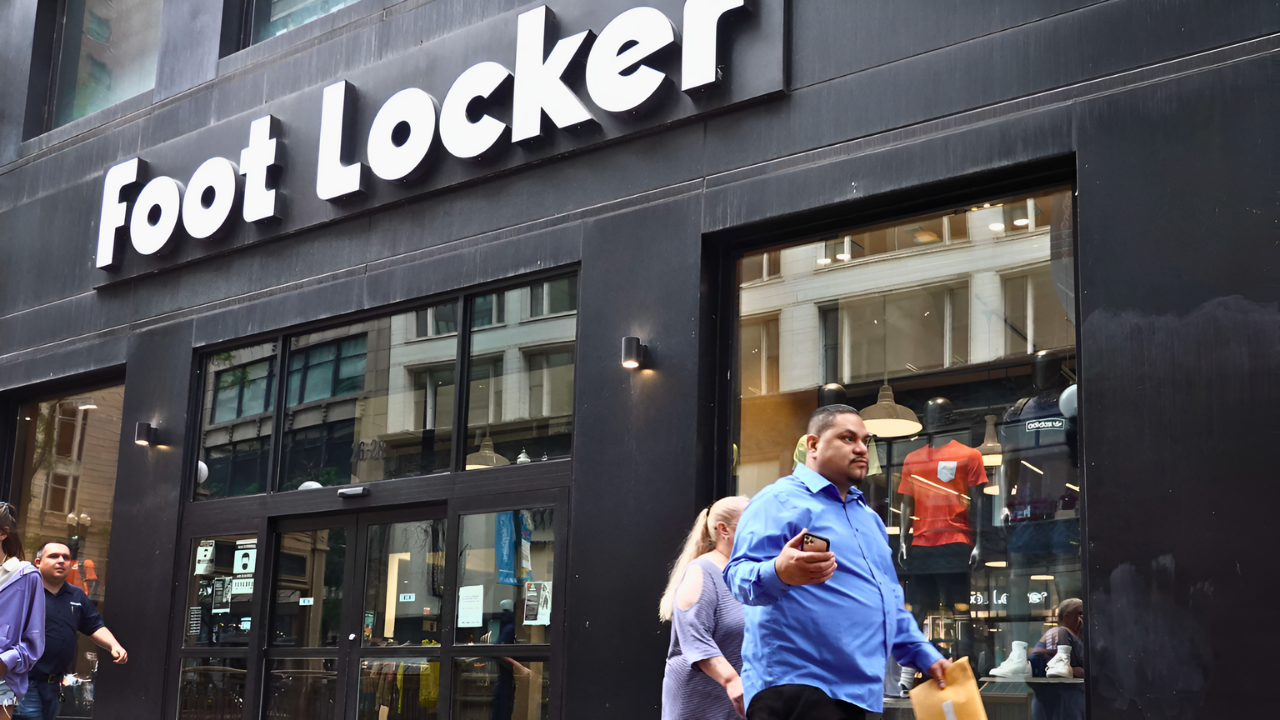
Foot Locker’s sweeping decision to close 400 mall-based stores across North America by 2026 marks the largest reduction in its 50-year history, representing roughly 10% of its global footprint. This move comes amid a broader wave of retail contraction, with more than 7,100 U.S. stores shuttering in 2024 alone—the steepest annual surge since 2020. The closures reflect a fundamental shift in consumer habits, mall traffic, and the retail landscape, leaving communities, employees, and shoppers to grapple with the consequences.
Why Foot Locker Is Closing 400 Stores
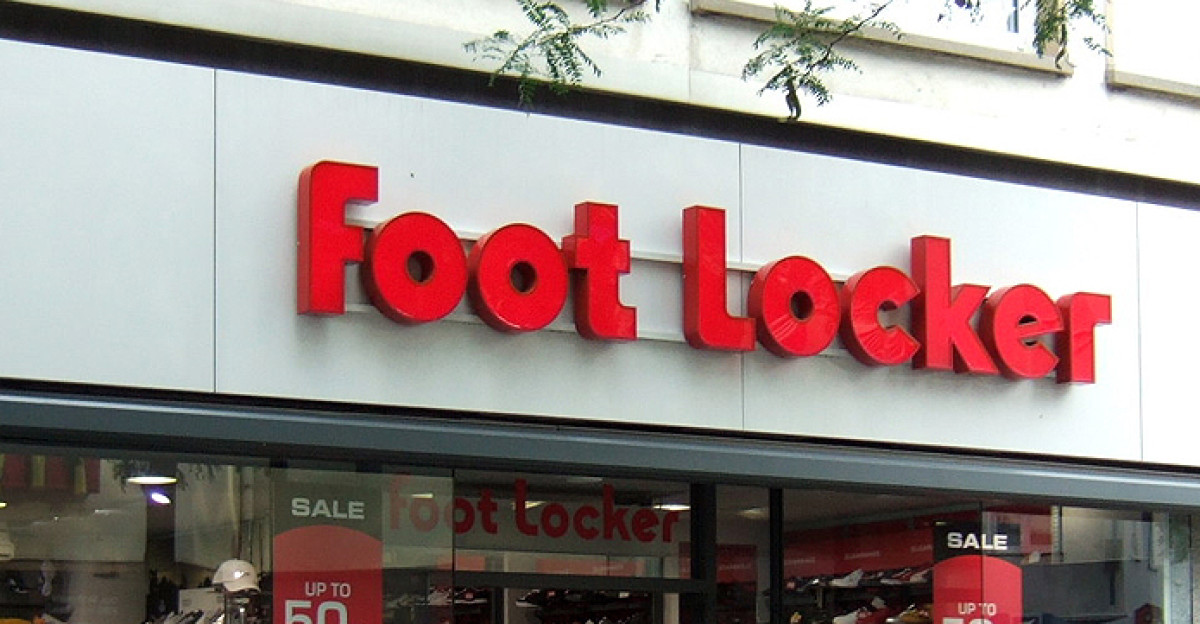
Executives cite an “exceptionally challenging” retail environment as the primary driver behind the closures. Declining mall traffic, higher operating costs, and major shifts in consumer shopping behaviors all contributed to the company’s “Lace Up Plan,” first announced by CEO Mary Dillon in March 2023.
“Our Lace Up Plan is designed to revitalize the brand and drive long-term growth, even as we navigate a very difficult environment,” Dillon said.
The strategy reflects Foot Locker’s attempt to reposition the brand for the rise of e-commerce and off-mall retail. The challenge is not limited to North America: earlier this year, the company closed 56 international stores in markets such as South Korea, Denmark, Norway, Sweden, Greece, and Romania. These steps signal a global refocus on profitable regions and a more conservative approach to long-term investment.
How Store Closures Affect Shoppers and Communities
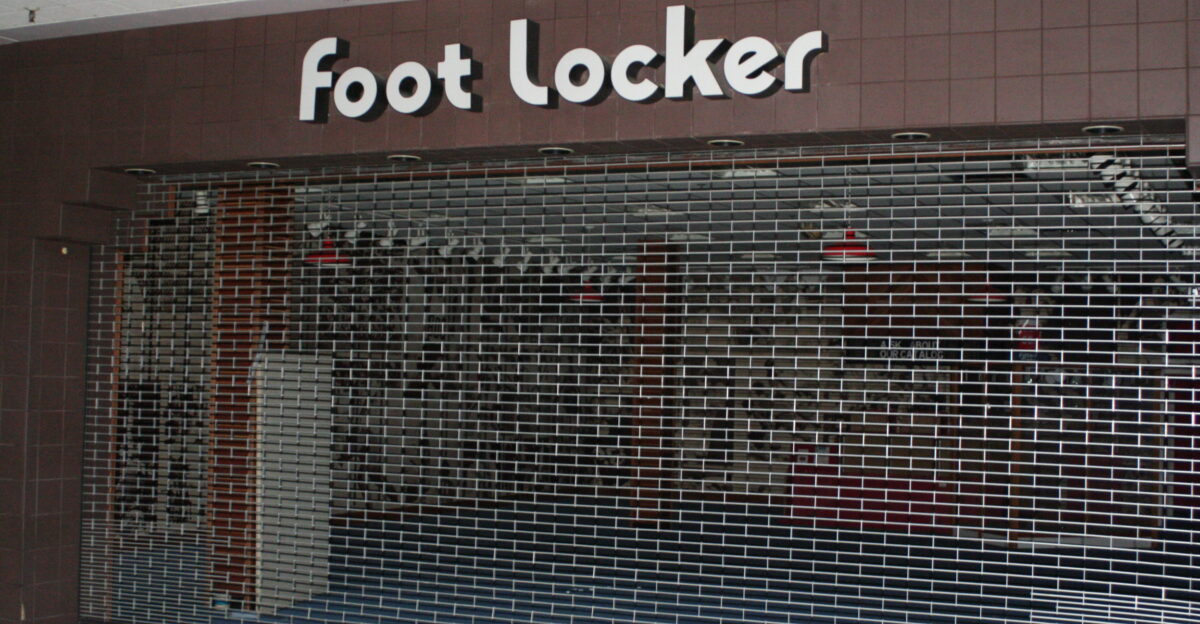
The closures will remove neighborhood Foot Locker stores from dozens of cities, disrupting access to athletic footwear and apparel for loyal customers. Many shoppers are shifting to online retailers or discount channels, accelerating trends already reshaping the retail landscape.
Local communities may experience an economic ripple effect. The loss of mall anchors—especially well-known brands like Foot Locker—can drag down surrounding retailers and weaken already struggling shopping centers. Local governments are exploring retraining programs, incentives, and potential redevelopment of mall spaces as they brace for the financial impact.
Culturally, malls are at a crossroads. As vacancies climb, communities are increasingly considering mixed-use spaces or entertainment-focused alternatives to traditional mall retail.
Foot Locker’s Shift Toward Experience-Driven Retail
While hundreds of mall-based stores are closing, Foot Locker is reinvesting in more than 400 “experiential” locations. These stores blend digital tools, immersive layouts, and community-driven features to attract customers who want something more than traditional retail.
The shift is designed to position the company toward the future of shopping—experience-first environments and digital convenience. As consumers increasingly rely on online platforms and direct-to-consumer brands for athletic gear, Foot Locker aims to differentiate itself rather than compete on price alone. The remodeling effort is part of the broader Lace Up transformation, intended to rekindle loyalty and create a stronger competitive edge.
Competitors and Global Markets Respond
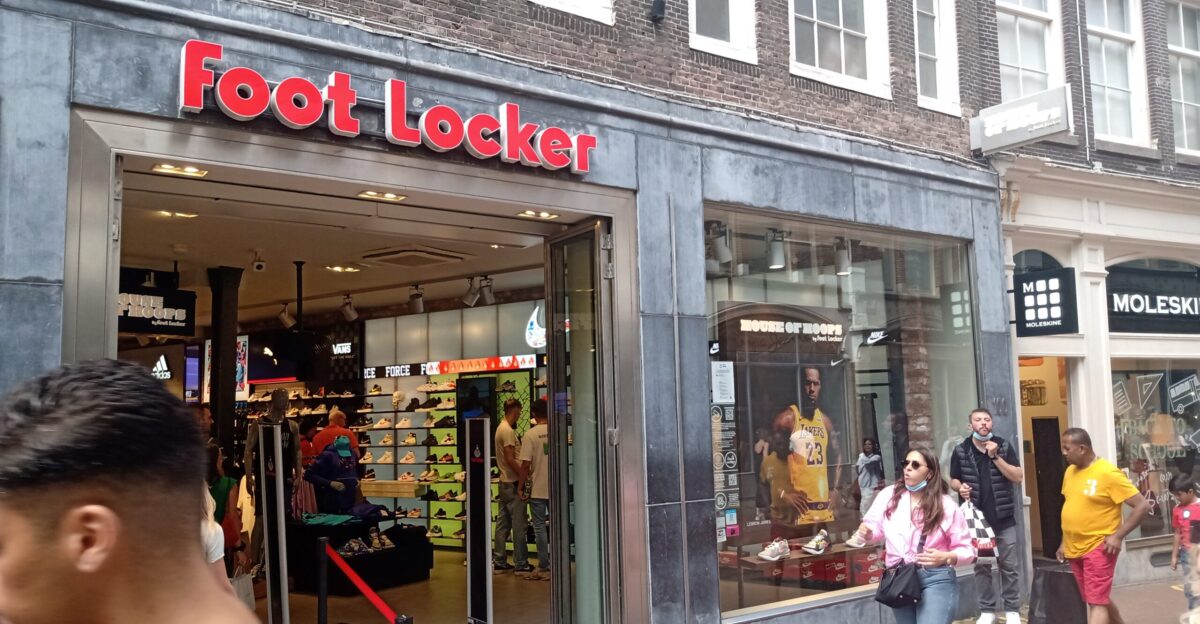
As Foot Locker retreats from malls, competitors are preparing to absorb displaced customers. Dick’s Sporting Goods, value-focused retailers, and online-first athletic brands stand to benefit from the shift. Specialty discounters and omnichannel platforms may also see increased traffic as consumers seek affordability and exclusivity.
Internationally, shoppers are adapting as well. In Europe and Asia, local athletic brands and global e-commerce players have gained market share in regions where Foot Locker has exited. These shifts mirror the same online-led transformation seen in the U.S., underscoring how global retail patterns are converging.
The broader reshuffling highlights the winners and losers of the post-mall era—those that can operate flexibly and digitally are gaining the most.
Workforce Impacts and What Comes Next
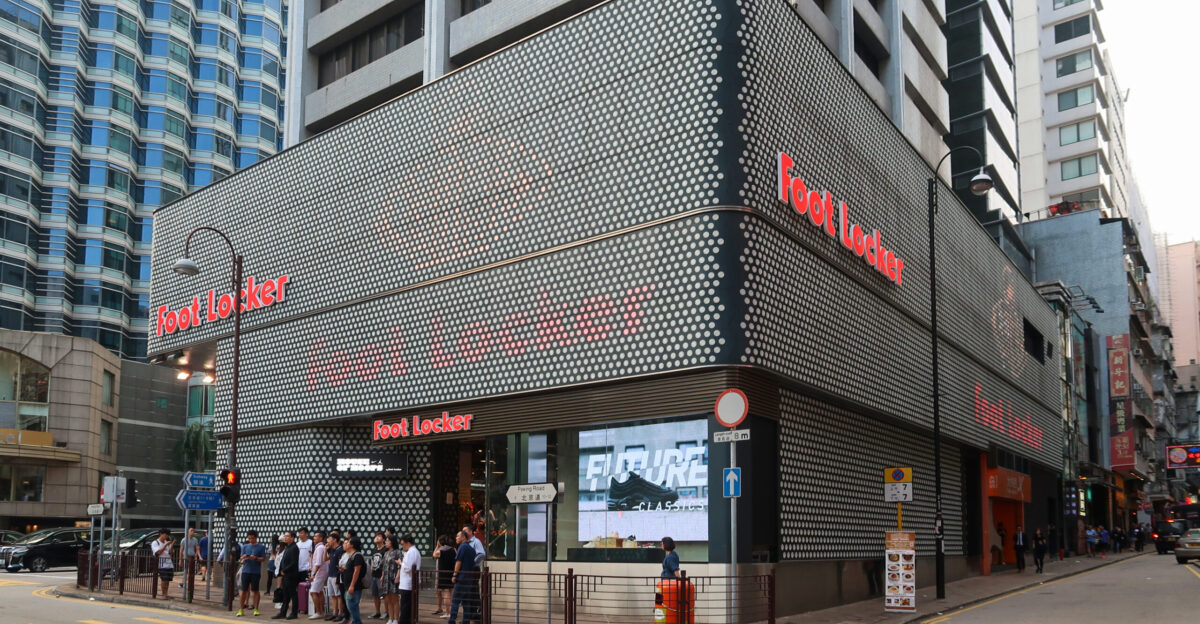
Job losses are among the most significant consequences of Foot Locker’s restructuring. The closures may eliminate an estimated 2,000 to 4,000 positions, from store associates to management and support roles. While exact numbers are unknown, the human cost is substantial, and affected workers face immediate uncertainty.
For consumers, experts recommend tracking store closures, watching for clearance opportunities, and relying on trusted online platforms as inventory and location options shift.
Looking ahead, Foot Locker’s $2.4 billion acquisition by Dick’s Sporting Goods in September 2025 marks a major turning point for the brand and the broader athletic retail sector. The next chapter of American retail will be defined by digital-first shoppers, evolving mall ecosystems, and companies that can innovate through transformation.


